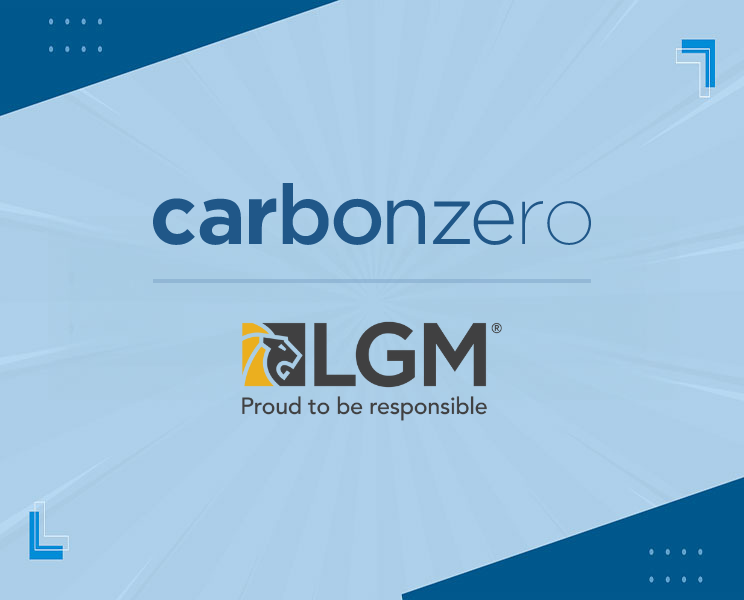As appeared in December 2016 AutoJournal
By: Gad Campbell, Executive Vice President of Service, LGM Financial Services
The biggest winners of an engaged workforce are your customers.
When a customer complains of poor service, it’s natural to focus on the point where internal meets external. Was the customer service agent as helpful as the customer expected? Was the request from the customer reasonable? Was the response time too long? We so often attribute poor service delivery to some kind of deficiency in the moment. In reality, the experience is usually fated long before the agent picks up the phone.
Research shows compelling evidence in support of having a highly engaged workforce. According to human capital consulting firm Aon Hewitt, organizations with high levels of internal engagement enjoy lower absenteeism and staff turnover. Such correlations seem intuitive – employees who feel a strong connection to their job are more likely to show up and stick around. But, there’s a lesser told story of employee engagement and the profound impact it has on external customer service.
In “The Chemistry of Enthusiasm,” Bain & Company notes that highly engaged employees “provide better experiences for customers, approach the job with energy –which enhances productivity – and come up with creative product, process and service improvements.”
Similarly, a 2012 meta-analysis study by Gallup found that “work units in the top quartile of employee engagement outperformed bottom quartile units by 10 percent in customer ratings.” It appears customers are some of the biggest beneficiaries of employee engagement. As the leader of a large service department with national call centres, I don’t need data to tell me this. I see it in action every day.
How do you know if an employee is engaged?
In today’s highly competitive market, top organizations not only invest heavily in soft and hard skills training, they also commit resources to the health and wellness of their workforce. Many companies provide some kind of health and wellness allowance, along with flexible work schedules to allow for work-life balance. If companies are able to find the right recipe of employee programs, corporate culture and a collective sense of purpose, employees will repay them with their attitudes.
“Engaged employees have an emotional and intellectual connection to the job and the brand,” says Jim Steffler, Executive Vice President of People at LGM Financial Services. “They put their hand up and want to get involved, but they also know their own boundaries and understand when to say no.”
Within my team, managers aren’t the only ones tasked with making sure their direct reports are highly engaged. Our philosophy is that everyone in the department is responsible for improving working conditions and increasing engagement levels. Particularly since our workforce is external-facing, every person needs to feel like they are part of the culture of service excellence.
Your employees will be there for you
There’s no truer test of employee engagement than when staff are asked to go above and beyond for the good of the company.
I experienced this first-hand earlier this year, when our organization decided to expand our call centre hours of operation to include Saturdays. I initially worried about how our customer service agents would react to the news. After all, working on the weekend isn’t what they had signed up for. We adopted a “communicate early and often” approach. I travelled to each of our offices and met with employees in small groups. I tried my best to make them feel involved in the roll-out plan and acknowledged that it wasn’t going to be perfect.
In “Employee Engagement: The Wonder Drug for Customer Satisfaction,” writer Kevin Kruse argues that “the emotional commitment one has to an organization and its goals” results in increased discretionary effort. Our company benefited hugely from the fact that our employees understood the business reasons for launching Saturday hours. They were willing to work even harder than usual and sacrifice in the early days to our customers’ benefit.
Too much of a good thing?
We tend to think of employee engagement as synonymous with corporate success. But is it possible to over-do employee engagement? In “The Dark Side of High Employee Engagement,” co-authors Lewis Garrad and Tomas Chamorro-Premuzic outline four potential risks of having exceptionally high engagement in the workplace: an embrace of the status quo, employee burnout, uneven hiring habits that favor certain optimistic/outgoing personalities, and the under appreciation of negative thinking and moderate levels of stress, which can often bring focus and attention to issues.
While it’s important to critically examine something so often assumed to be a net gain for an organization, I do believe that the right checks and balances can counteract negative side effects of high engagement levels. Employee engagement should be a priority, but it’s also important to not let it dictate business decisions in an attempt to keep levels artificially high.
“Employee satisfaction is somewhat different than employee engagement,” says Steffler. “We don’t retreat or say no to growth opportunities for fear that it might dissatisfy an employee–the key is finding the right balance and employees who enjoy putting in the discretionary effort knowing they have a stake in the results.”
In fact, truly engaged employees will not only deliver exceptional customer service day-to-day, they’ll also be your greatest asset in periods of growth.


